Trending searches
$0
The Mangrove Red, scientifically known as Rhizophora mangle, is a fascinating and hardy plant that thrives in both aquatic and semi-aquatic environments. Belonging to the Rhizophoraceae family, this red mangrove species is native to tropical and subtropical coastal areas across the Americas, Africa, and Asia. In aquariums and terrariums, however, it stays compact, usually reaching a height of 30–90 cm (1–3 feet), making it perfect for smaller indoor environments. When grown as a red mangrove aquarium plant, it produces elegant aerial roots that extend into the water, absorbing nutrients and improving water clarity. These roots develop a striking reddish-brown hue that makes them highly decorative. In a terrarium or paludarium setup, the Mangrove Red thrives when its roots are kept in moist soil or shallow water, creating a natural miniature mangrove forest effect. With consistent light and warmth, this plant develops thick, glossy green leaves and strong stems that can grow both above and below water. Another fascinating feature of the Rhizophora mangle red mangrove is its small, creamy-yellow red mangrove flowers that bloom at the tips of the branches. These delicate blossoms are subtle but add a touch of beauty and natural authenticity to the plant, especially in open-top terrariums or when grown in well-lit conditions. After flowering, the plant may produce propagules that can be used for propagation and new growth.
The Red Mangrove grows upright with sturdy stems and distinctive prop roots that develop into a stunning display over time. It can reach impressive heights in open systems, while staying manageable in aquariums and terrariums. Perfect for paludariums or open-top tanks, Mangrove Red is both decorative and beneficial for the overall ecosystem balance.
Caring for your Red Mangrove plant is simple and rewarding. With the right light, temperature, and water conditions, it will grow steadily and add natural beauty to your aquarium or terrarium.
The Red Mangrove thrives in bright, direct light. Place it near a strong light source or under aquarium lighting that mimics sunlight. Insufficient light can slow growth and reduce root coloration.
Keep the temperature between 24°C to 30°C (75°F to 86°F) for optimal growth. These red mangrove species prefer warm, tropical environments similar to their natural coastal habitats.
Red Mangrove aquarium plants do not require CO2 injection, but moderate levels can enhance growth and leaf color. They rely mostly on natural air exchange when their leaves grow above the waterline.
This hardy species adapts to a wide range of water types. Ideal water parameters are pH 7.0–8.2 with low to moderate salinity. It can grow in freshwater, brackish, or marine aquariums, making it a versatile choice.
The Red Mangrove tree grows slowly at first as it establishes roots, then steadily upward. Over time, it develops its characteristic tangle of red mangrove roots that become a natural work of art in your setup.
Propagation of Rhizophora mangle is usually done through seedlings or propagules. Once roots start forming, plant them in substrate or suspend them above water until they anchor naturally. New leaves will sprout as the plant matures.
Note: Images are for reference only. Actual plants may vary in size, color, and appearance due to natural variations and seasonal changes.
At Canton Aquatics LLC, we take great pride in providing high-quality live aquarium plants to our customers. We understand the complexities involved in shipping live plants and are committed to ensuring they arrive at your doorstep in excellent condition.
Shipping Process:
DOA (Dead on Arrival) Policy:
Limitations and Responsibilities:
Cancellation and Changes:
Customer Support:
By placing an order with Canton Aquatics LLC, you acknowledge and agree to the terms outlined in this shipping policy.
Please be sure to check the regulations in your state regarding restricted plants. Our policy is to avoid shipping any plants that are prohibited in your area to ensure compliance and environmental safety. It's important not to introduce plants into the wild or waterways, as this could disrupt local ecosystems by introducing invasive species.
We appreciate your efforts in helping to protect the environment. For the latest updates, you can consult the USDA State Noxious Weed list here.
Thank you for your dedication to preserving our natural habitats.
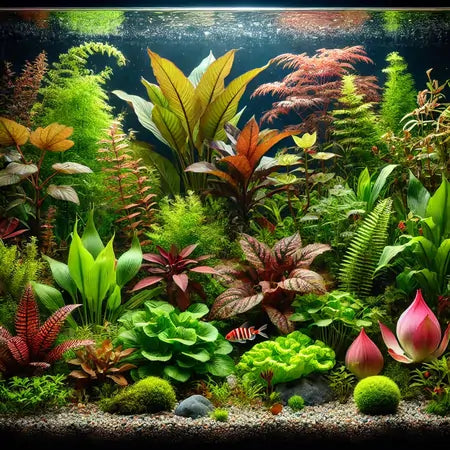

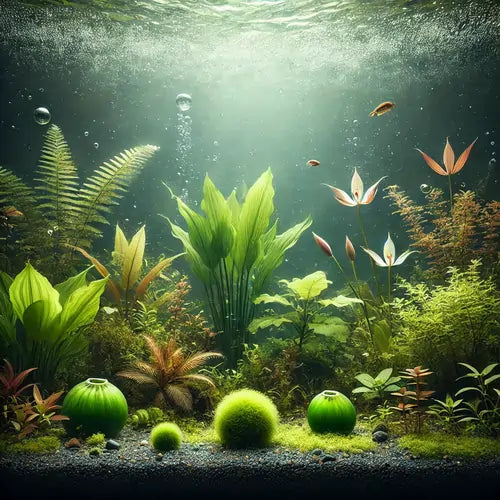
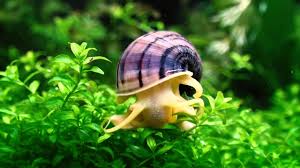
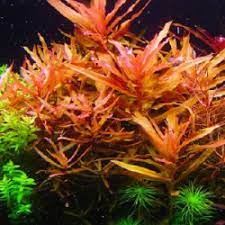
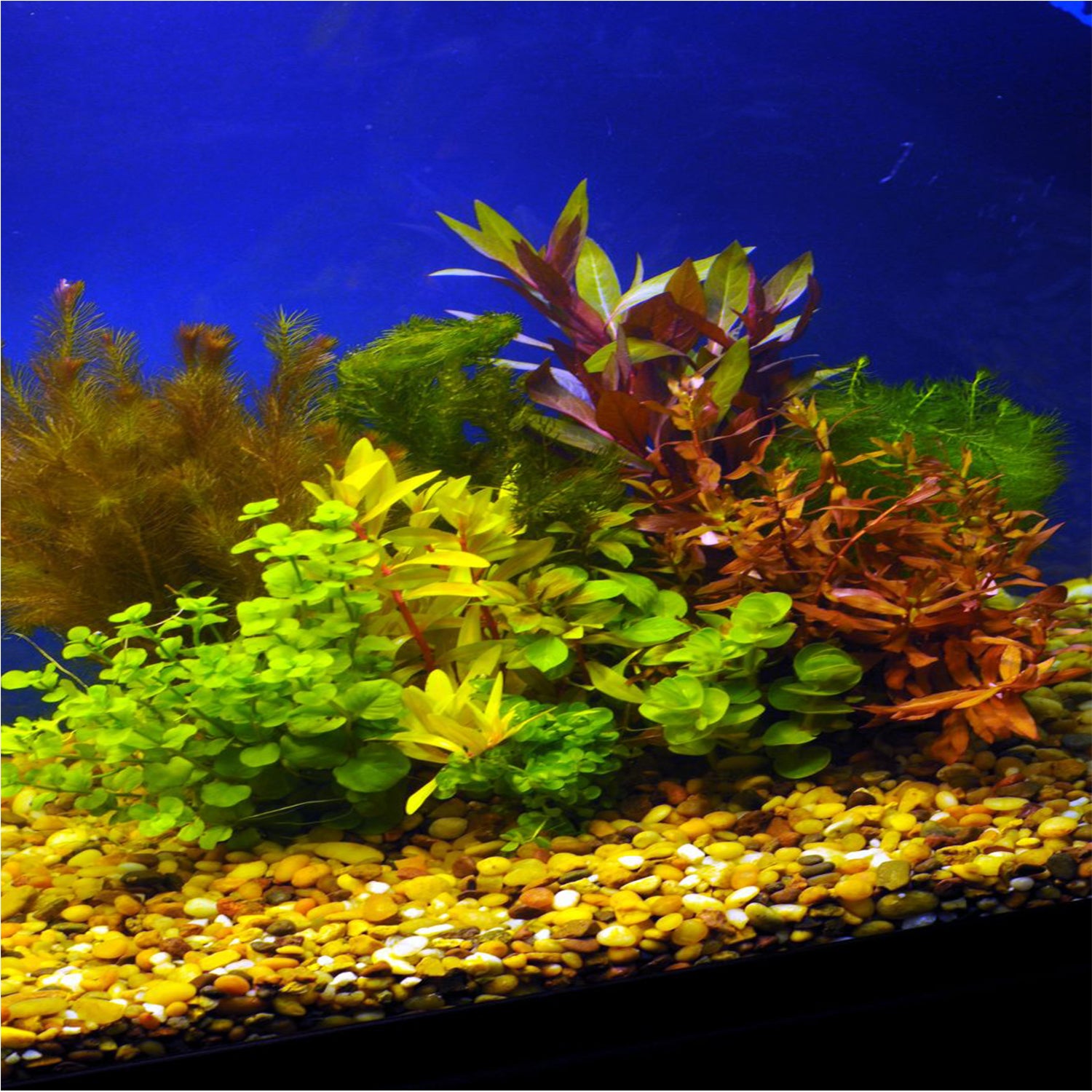
!